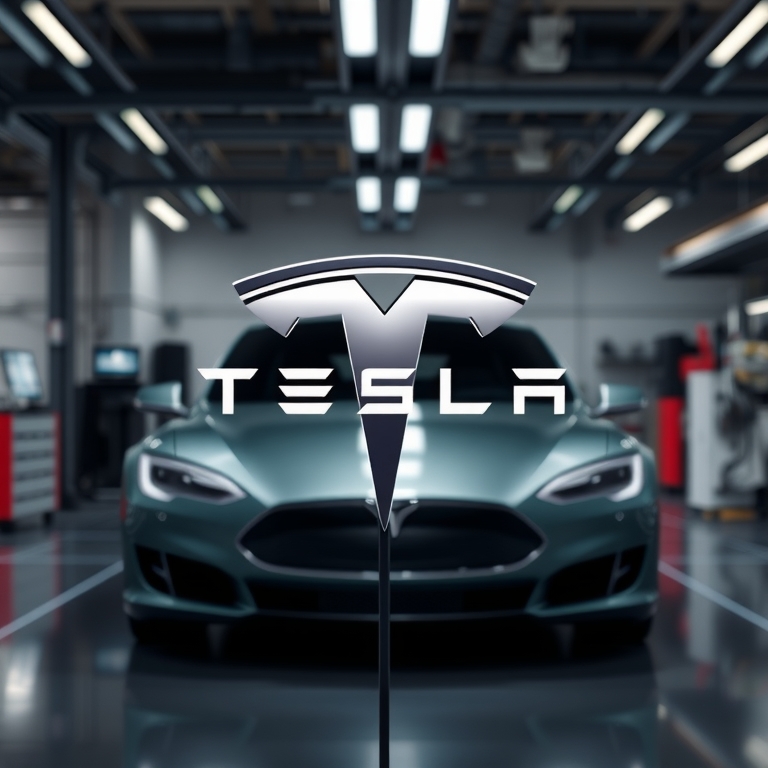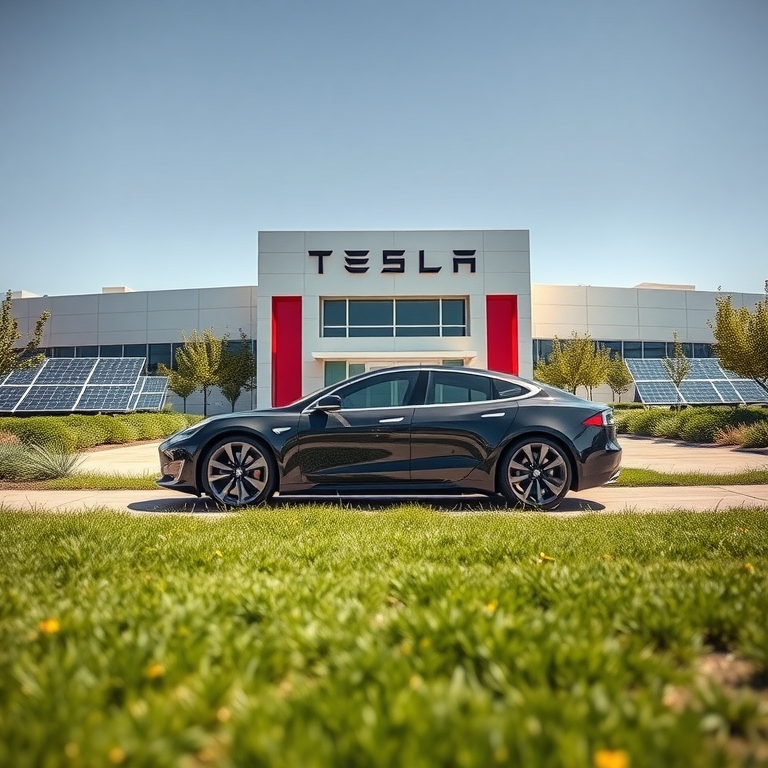In the ever-evolving world of finance, investing has long been synonymous with a delicate balance of risk and reward. Today, as global markets grapple with unprecedented volatility, investors are increasingly drawn to the potential for promising growth opportunities that such instability can offer. This paradoxical allure of volatility lies at the heart of a shifting investment landscape, where seasoned investors and newcomers alike are finding that the very fluctuations that once induced apprehension now present a fertile ground for strategic gains.
The driving forces behind this volatile market environment are manifold. Geopolitical tensions, economic policy shifts, and the lingering effects of the COVID-19 pandemic have all contributed to the unpredictable nature of today’s financial markets. In the face of these challenges, traditional investment strategies are being re-evaluated, as the quest for returns necessitates a more dynamic and adaptive approach. This has led to a growing interest in sectors and asset classes that may have previously been overlooked or undervalued, as investors seek to capitalize on emerging trends and innovations.
One area garnering significant attention is the technology sector, which continues to be a beacon of growth despite market instability. With digital transformation accelerating across industries, tech companies are at the forefront of innovation, offering products and services that cater to a rapidly changing world. From artificial intelligence and machine learning to cybersecurity and cloud computing, technology’s role in shaping the future is undeniable. Investors are keenly aware of the potential for robust returns in this space, even as they navigate the inherent risks associated with high valuations and rapid technological advancement.
Another sector drawing investor interest is renewable energy. As the global push for sustainability intensifies, the transition from fossil fuels to cleaner energy sources presents both a challenge and an opportunity. Governments worldwide are implementing policies to reduce carbon emissions, and this shift towards greener energy solutions provides fertile ground for investment. Companies involved in solar, wind, and other renewable technologies are experiencing increased demand, and investors are eager to support businesses that align with both environmental goals and long-term growth potential.
The healthcare sector is also emerging as a focal point for investment amid market volatility. The COVID-19 pandemic underscored the critical importance of healthcare infrastructure and innovation, sparking a wave of investment in biotech, pharmaceuticals, and telemedicine. As the world continues to grapple with the long-term implications of the pandemic, there is a renewed emphasis on healthcare resilience and preparedness. Investors are keen to support companies that are at the cutting edge of medical research and technology, recognizing the dual benefits of contributing to global health and reaping financial rewards.
While these sectors present promising opportunities, the path to growth in volatile markets is not without its challenges. Investors must contend with a complex web of factors that can influence market performance, from interest rate changes and inflation to supply chain disruptions and regulatory shifts. As such, the importance of thorough research and strategic planning cannot be overstated. Investors are increasingly turning to data-driven insights and sophisticated analytical tools to inform their decision-making process, leveraging technology to gain a competitive edge.
Moreover, the role of diversification in managing risk has never been more crucial. Investors are seeking to build balanced portfolios that spread exposure across different asset classes and geographies. By doing so, they aim to mitigate the impact of volatility while positioning themselves to take advantage of growth opportunities as they arise. This approach is not without its complexities, as global interconnectedness means that shocks in one region can have ripple effects worldwide. Nonetheless, diversification remains a key strategy in navigating uncertain markets.
In this environment, the role of the financial advisor is becoming increasingly important. Investors are looking to experts for guidance on how to chart a course through turbulent times. Financial advisors are tasked with providing insights that are not only grounded in current market realities but also tailored to the unique goals and risk tolerances of their clients. This personalized approach is essential in helping investors make informed decisions that align with their long-term objectives.
Furthermore, the rise of environmental, social, and governance (ESG) criteria in investment decision-making is reshaping how investors assess potential opportunities. ESG considerations are increasingly seen as indicators of a company’s long-term viability and resilience. Investors are scrutinizing companies’ commitments to sustainability, social responsibility, and ethical governance practices as part of their investment analyses. This shift reflects a broader recognition that sustainable practices are not only ethically sound but also financially prudent in the long run.
As investors navigate the complexities of volatile markets, they are also adjusting their expectations. The pursuit of growth opportunities now involves a greater emphasis on resilience and adaptability. Investors are recognizing that the ability to weather short-term fluctuations while maintaining a focus on long-term objectives is key to success in today’s environment. This mindset shift underscores the importance of patience and discipline in investment strategy, as well as the willingness to embrace change and innovation.
In conclusion, the allure of volatile markets lies in the potential for transformative growth that they offer. Investors are increasingly aware that with careful planning, strategic foresight, and a willingness to embrace both risk and innovation, volatility can be harnessed as a powerful driver of opportunity. As the global landscape continues to evolve, those who are able to adapt and seize the moment will find themselves well-positioned to thrive in an uncertain world. The future of investing may be unpredictable, but it is precisely this unpredictability that holds the promise of remarkable growth.









